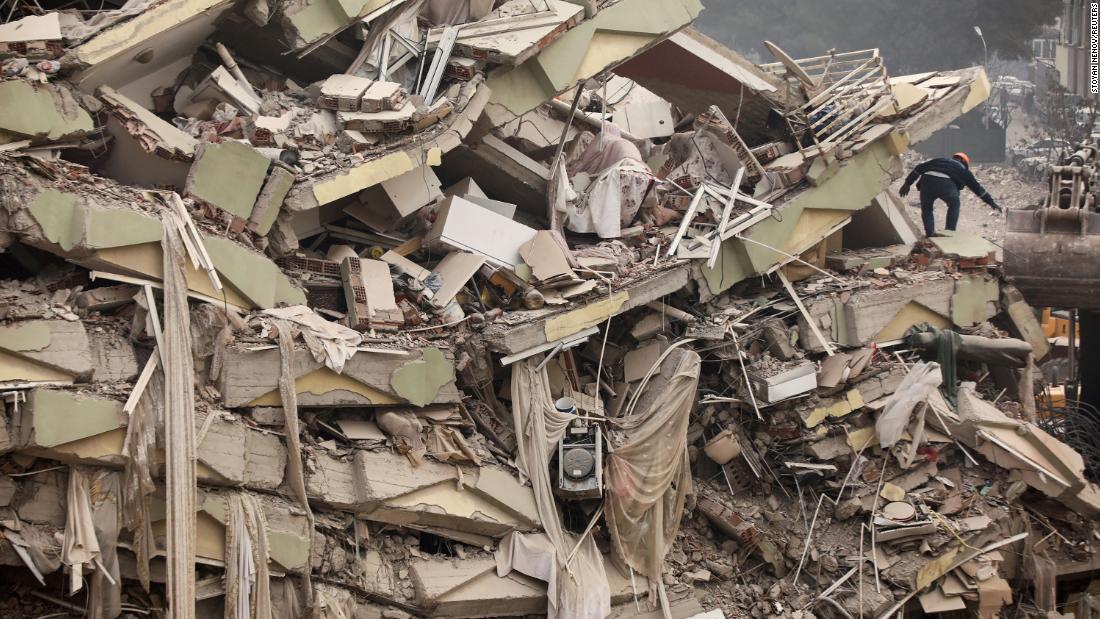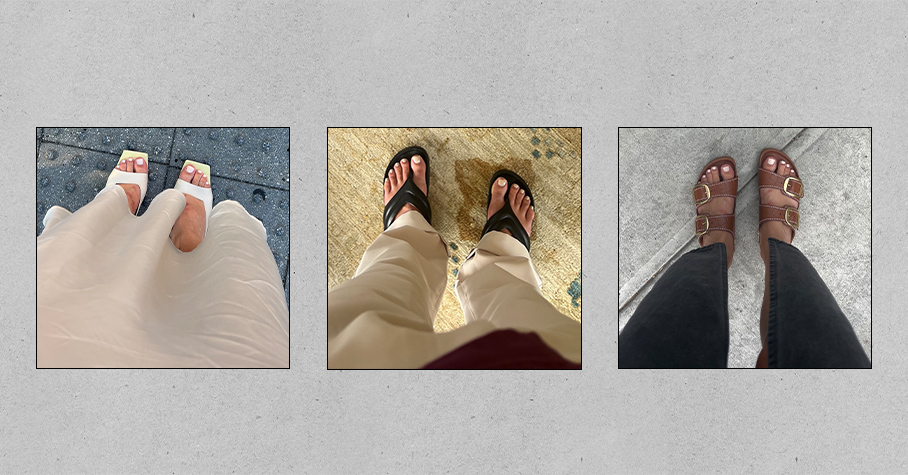Is It Time to Bring Back ‘Broken Windows’ Policing?
For big-city transit systems, it’s a no-brainer, argue two transit police veterans. Focusing on the small crimes that contribute to disorder can help to quell the larger crime problems faced by communities as they emerge from COVID-19 lockdowns―and not just on buses and subways.

As transit systems emerge from the staggering ridership losses brought about by COVID-19 lockdowns, they are confronted with more crime and fewer police.
Fear of crime on transit isn’t new, but the replacement of police in many cities by unsworn personnel and civilian ambassadors to provide services ranging from assistance with ticket purchasing to dealing with vandalism and homeless individuals, is unlikely to quell riders’ fears.
Beginning in the 1970s, transit systems turned to principles of Crime Prevention Through Environmental Design (CPTED) to make riders feel safer.

Dorothy Schulz
This included installing and monitoring CCTV; providing better lighting, clearer signage and way-finding instructions; closing off dead-end passageways; designing out dark and unobserved areas, and also installing passenger assistance alarms and emergency access phones on platforms and in parking lots.
Off-hours waiting areas and an identifiable conductor’s car encourage patrons to gather together, particularly at night, when small crowds increase vulnerability.
But design alone didn’t make riders feel safe.
Patrons wanted someone to watch out for them and to maintain order. Because transit police understood that disorder breeds fear, leads to greater disorder, and ultimately encourages the fearful to stay away, they were early adopters of “broken windows” policing.
Particularly in New York City under the leadership of then Transit Authority Police Chief William Bratton, police were assigned to deter turnstile jumping, fare evasion, and graffiti and scratchiti vandalism.
Now, as cities in the U.S., Great Britain, and the European Union seek to re-energize their downtowns and encourage people to return to urban amenities, is it time for all police—but particularly transit police—to take another look at preventing the small crimes that contribute to disorder and that help to quell larger crime problems?

Gareth Bryon
Is time to bring broken windows policing back to transit? The two of us, both transit policing veterans, think so.
A recent article in Policing Insight, a United Kingdom law enforcement journal, adds the voice of another transit policing veteran to this view, as the author recalls enforcing public order and quality of life crimes in the New York City Transit system in the 1990s that helped drive down serious criminality and increase ridership.
That certainly isn’t the case today.
For more than a year Sarah Feinberg, interim president of the Metropolitan Transportation Authority (MTA) and President Tony Utano of the Transit Workers Union (TWU) Local 100 have bemoaned the daily attacks on transit workers, with Utano stating that he would discourage his own children from using the subway.
Yet the New York City Police Department (NYPD), responsible for policing the city’s subways and buses, countered that the fears were overblown and exacerbated by media coverage. In a rare show of support for the NYPD, The New York Times reported again in May that both crime and ridership were down, but that fear was up, conceding that:
Deserted trains and stations may make crime more likely, keeping some people away, keeping the system emptier and setting off a damaging cycle.
But it isn’t only fear that’s up.
Although there might have been fewer overall criminal incidents, considering a 50 percent loss of ridership, the possibility of being a crime victim has increased substantially. By late 2020, the subway system reported a record number of assaults on patrons, including the murders of six male passengers and the rapes of five women. In addition, there were literally hundreds of attacks on transit workers, who were spit on, harassed, and assaulted.
Proving that a uniformed presence can help to prevent crime, NYPD data for June shows that reported felonies dropped considerably over May (111 vs. 168).
This is great news for the city and especially for straphangers, and it reinforces the importance of applying broken windows, since the reduction comes after the MTA added 200 security guards to the system, and after Mayor Bill De Blasio announced that 125 additional police officers would be assigned during morning and evening rush hours.
In other cities transit workers have also complained of personal attacks and equipment littered by human blood, urine, feces, and drug paraphernalia. And in Chicago, where the police department recently added to its transit unit despite lower ridership but increased crime, a young man was taken off life support only days after being struck by a stray bullet while riding the El.
And as if to prove that broken windows are as much literal as figurative, in addition to crimes against people, New York’s transit system suffered more than $400,000 worth of smashed car doors and windows. A hopeful sign is that the vandalism has diminished as riders have returned.
Avoid Reverse Gear
To ensure that these signs of decay are not permanent, New York should avoid traveling in reverse to the 1970s and 1980s, when the transit system was averaging 250 felonies a week and crimes against tourists made headlines around the world. In addition to combatting graffiti by taking vandalized cars out of service, the Transit Police (then a separate department from the NYPD) cracked down on fare evasion and other quality-of-life crimes.
Fixing both literal and figurative broken windows helped the transit system recover from the crime wave. And it resulted in arrests of many fare evaders who had open cases for far more serious crimes.
Similar tactics were employed by the British Transport Police in 2004 when a 60-member task force assisted the London Underground patrol staff in combating a rise in robbery, pickpocketing and violence.
By analysing crime times and locations across the network, officers were able to control entry and exit points with portable metal detectors to identify knife carriers and to search suspected offenders. Officers stopped public drinking, deterred fare evaders, and dispersed groups of youths trying to enter at peak times and they worked with the Metropolitan Police to arrest those with existing warrants.
In only six months, recorded robberies and violent crimes fell by 32 percent, providing riders with a safer transit ride.
Today many so-called progressive prosecutors refuse to prosecute these offenses, buying into social justice and equity claims, that broken windows policing is identical to the aggressive stop and frisk tactics that have been tagged as racially biased.
Yet police—and particularly transit police—know the two are not at all the same. Broken windows policing responds to those who have already committed an offense, whether it be non-payment, vandalism, or harassing other patrons.
It does not involve―as would stop and frisk―stopping anyone entering the system who looks like they might not pay their fare.
And broken windows-style policing need not be used only to generate arrests.
At a time when cities are hoping to include more citizens’ groups in crime prevention, concentrating on crimes that represent a break-down in community norms and standards, could enhance existing community partnerships.
Or they could be modelled on the UK experience, where Crime and Disorder Reduction partnerships (also known as Community Safety partnerships) have for many years successfully brought together police, fire, probation, mental health and drug counsellors, rehab teams, and other charities and social service groups to devise strategies to tackle many of the social problems that have spilled into transit systems.
New York City could see just such a turnaround.
The two major party mayoral candidates are each closely identified with and are aware of the importance of transit safety and security. Democrat Eric Adams, the likely next mayor since his party holds a 7-1 advantage over the Republicans, is a retired NYPD captain who spent much of his career policing the transit system.
His victory over a number of more leftist opponents, was hailed by TWU President Utano, who called it a great day for transit workers and all blue-collar workers, who are the city residents most likely to depend on the transit system.
The Republican candidate, Curtis Sliwa, still recognizable in his red beret, is best known for having created the Guardian Angels at a time when subway crime was surging. Although at the time unpopular with many police officers, the Angels, mostly young minority men, were for many years a ubiquitous presence on the subway system, particularly at night. Today we might call them violence interrupters.
Fare-free transit advocates may reject enforcement of turnstile jumping and other fare evasion tactics, and some may prefer to have mental health professionals rather than police respond to homeless or mentally challenged individuals, but there is overall agreement that cities will falter in their recovery without safe and secure public transit.
Broken windows policing, with the inclusion of groups other than the police, should be employed to reassure frightened riders that they are safe and to assist those camping out on public transit, rather than receiving the services that they should be obtaining elsewhere.
See also: “NYC Transit Safety Endangered by Reforms, Reduced Enforcement: Paper” The Crime Report, July 13, 2021
Gareth Bryon is a former Detective Chief Superintendent who worked as a senior officer in the South Wales Police and the British Transport Police, where he led major crime investigation and forensic science services for over 30 years.
Dorothy Moses Schulz, Ph.D., is an emerita professor at John Jay College of Criminal Justice, CUNY, and a retired MTA-Metro North Railroad Police captain. She has served transit agencies across the country as a safety and security consultant and is an adjunct fellow at the Manhattan Institute.

 Landwebs
Landwebs 



















